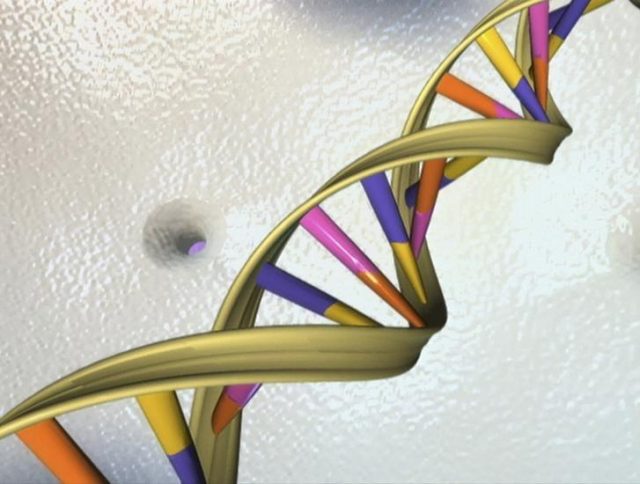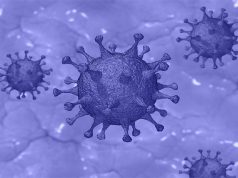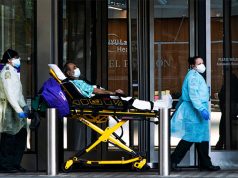U.S. scientists have succeeded in altering the genes of a human embryo to correct a disease-causing mutation, making it possible to prevent the defect from being passed on to future generations.
The milestone, reported in a paper released online August 2 in Nature, was confirmed last week by Oregon Health and Science University, which collaborated with the Salk Institute and Korea’s Institute for Basic Science to use a technique known as CRISPR-Cas9 to correct a genetic mutation for hypertrophic cardiomyopathy.
Until now, published studies using the technique had been done in China with mixed results.
CRISPR-Cas9 works as a type of molecular scissors that can selectively trim away unwanted parts of the genome, and replace it with new stretches of DNA.
“We have demonstrated the possibility to correct mutations in a human embryo in a safe way and with a certain degree of efficiency,” said Juan Carlos Izpisua Belmonte, a professor in Salk’s Gene Expression Laboratory and a co-author of the study.
To increase the success rate, his team introduced the genome editing components along with sperm from a male with the targeted gene defect during the in vitro fertilization process. They found that the embryo used the available healthy copy of the gene to repair the mutated part.
The Salk/OHSU team also found that its gene correction did not cause any detectable mutations in other parts of the genome — a major concern for gene editing.
Still, the technology was not 100 percent successful. It increased the number of repaired embryos from 50 percent, which would have occurred naturally, to 74 percent.
The embryos, tested in the laboratory, were allowed to develop for only a few days.
“There is still much to be done to establish the safety of the methods, therefore they should not be adopted clinically,” Robin Lovell-Badge, a professor at London’s Francis Crick Institute who was not involved in the study, said in a statement.
‘Utmost caution’
Washington’s National Academy of Sciences earlier this year softened its previous opposition to the use of gene editing technology in human embryos, which has raised concerns it could be used to create so-called designer babies. There is also a fear of introducing unintended mutations into germline cells.
“No one is thinking about this because it is practically impossible at this point,” Izpisua Belmonte said. “This is still very basic research … let alone something as complex as what nature has done for millions and millions of years of evolution.”
An international group of 11 organizations, including the American Society of Human Genetics and Britain’s Wellcome Trust, on Wednesday issued a policy statement recommending against genome editing that culminates in human implantation and pregnancy, while supporting publicly funded research into its potential clinical applications.
Salk’s Izpisua Belmonte, emphasizing that much more study is needed, said the most important practical application for the new technology could be in correcting genetic mutations in babies either in utero or right after they are born.
“It is crucial that we continue to proceed with the utmost caution, paying the highest attention to ethical considerations,” he said.










